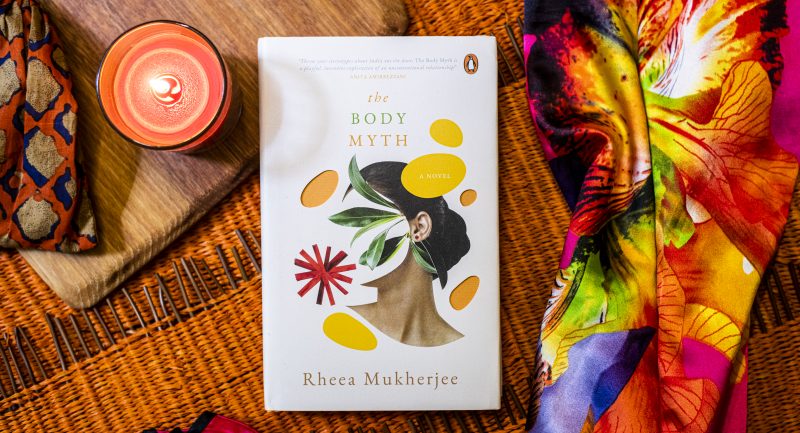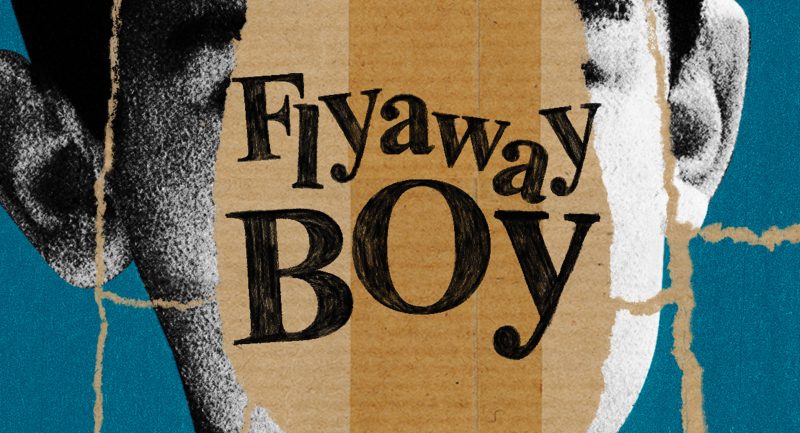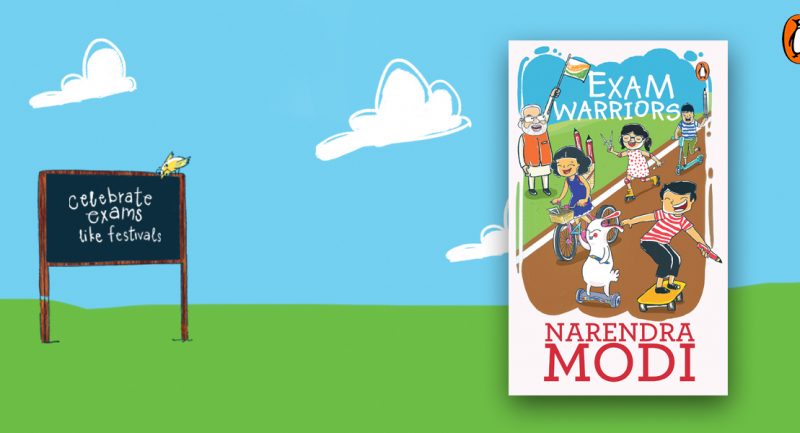
15th August 1947, a memorable and historical day for all Indians. While we may have learnt about India’s struggle for independence in school, India Since Independence, analyses the challenges India has faced and the successes it has achieved, in the light of its colonial legacy and century-long struggle for freedom. It is is a remarkable account of a nation on the move.
The story of the forging of India, the world’s largest democracy, is a rich and inspiring one. Read 6 facts you didn’t know about India’s struggle for Independence:
1. To go against the status quo Indian politicians had to remove an educational block.
“It [educational system] encouraged learning by rote, memorization of texts, and proof by authority . The rational, logical, analytical and critical faculties of the students remained underdeveloped; in most cases the students could reproduce others’ opinions but had difficulty in formulating their own.”
2. India = Britain’s Satellite Economy.
The British government was unwilling to offer India the support it needed to develop its industries. The choice was between economic underdevelopment or independence.
“India’s policies were determined in Britain and in the interests of the British economy and the British capitalist class. An important aspect of the underdevelopment of India was the denial of state support to industry and agriculture.”
3. The British dug their own grave by unifying the country
The British established a uniform system of administration which penetrated even the country’s remotest areas.
“Combined with the formation of a unified economy and the development of modern means of communication, colonialism helped lay the basis for the making of the Indian nation.”
4. Dissent within the parties became India’s strength
“Congress did not insist on uniformity of viewpoints or policy approach within its ranks. It allowed dissent and not only tolerated but encouraged different and minority opinions to be openly held and freely expressed. In fact, dissent became a part of its style.”
5. Originally, Gandhi believed religion and politics went hand in hand
“ In his early years, Gandhi, a deeply religious person, emphasized the close connection between religion and politics. This was because he believed that politics had to be based on morality , and to him all religions were the source of morality…but when he saw that communalists were using religion as a sectarian belief system to divide the people, he overtly began to preach the separation of religion from politics.”
6. Civil rights trumped over ideological differences.
“Political trends and groups otherwise critical of each other and often at opposite ends of the political or ideological spectrum vigorously defended each other’s civil rights. The Moderates—Gopal Krishna Gokhale, Surendranath Banerjea and others—defended the Extremist leader Tilak’s right to speak and write what he liked.”
———————————————————————————————————————
A thorough and incisive introduction to contemporary India.
AVAILABLE NOW









